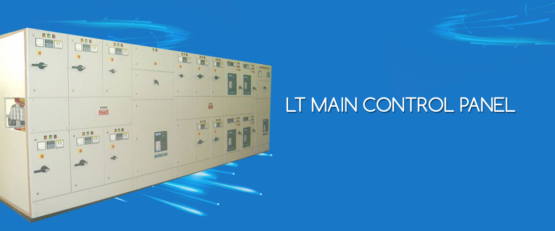- You have no items in your shopping cart
- Continue Shopping

1. Smart Technologies Paving the Way: The integration of smart technologies is revolutionizing the landscape of HT Panels and RMUs. Intelligent monitoring and control systems, powered by IoT (Internet of Things) and advanced sensors, enable real-time data analysis. This not only enhances the reliability of power distribution networks but also facilitates predictive maintenance, reducing downtime and ensuring optimal performance.
2. Enhanced Safety Standards: As safety regulations become increasingly stringent, the future of HT Panels and RMUs lies in their ability to meet and exceed these standards. Manufacturers are investing in innovative designs and materials to enhance the safety features of these panels. This includes arc-resistant designs, fault detection mechanisms, and comprehensive safety interlocks, ensuring a secure environment for both equipment and personnel.
3. Eco-Friendly Solutions: Environmental sustainability is a driving force in the future growth of HT Panels and RMUs. The industry is witnessing a shift towards eco-friendly materials and energy-efficient components. SF6-free gas-insulated RMUs and environmentally conscious manufacturing processes contribute to a greener footprint, aligning with global efforts to reduce the environmental impact of industrial operations.
4. Modular and Scalable Designs: The flexibility offered by modular and scalable designs is a key trend shaping the future of HT Panels and RMUs. These features allow for easy expansion, customization, and adaptability to evolving energy needs. As industries grow and power demands increase, the ability to scale up or modify existing systems becomes a critical factor in the selection of these electrical components.
5. Integration with Renewable Energy Sources: In an era marked by the rise of renewable energy, HT Panels and RMUs are increasingly being integrated with solar and wind power systems. This seamless integration facilitates efficient energy distribution and management, contributing to the transition towards a more sustainable and diversified energy landscape.
6. Digitalization for Improved Asset Management: Digitalization is a game-changer in asset management for HT Panels and RMUs. Predictive analytics and condition monitoring enable operators to anticipate potential issues, optimize maintenance schedules, and extend the lifespan of equipment. This data-driven approach enhances overall operational efficiency and reduces the total cost of ownership.




